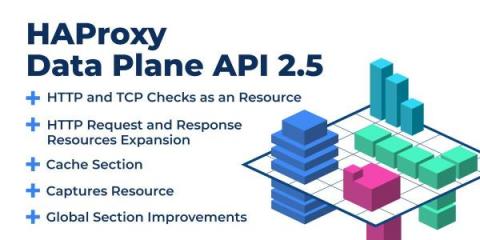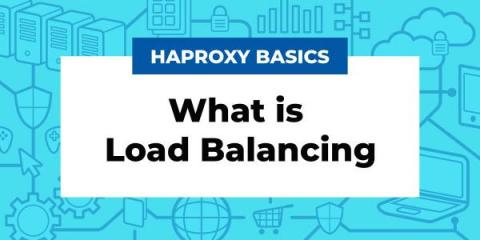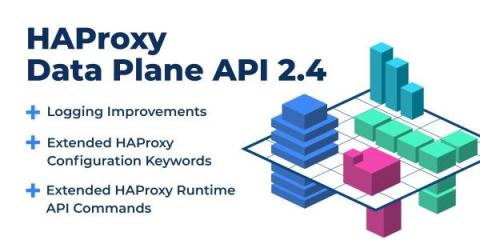Announcing HAProxy Data Plane API 2.5
The focus of the 2.5 version was on expanding support for HAProxy configuration keywords, and that’s where most of the effort during this release cycle was spent. We will continue doing that during the next couple of versions to gain complete feature parity with both the HAProxy configuration and Runtime API so that you can use the Data Plane API as a full-featured way to configure HAProxy.











